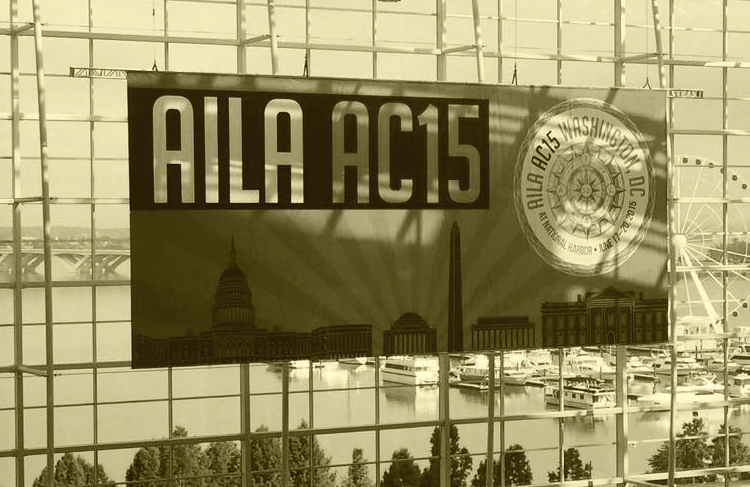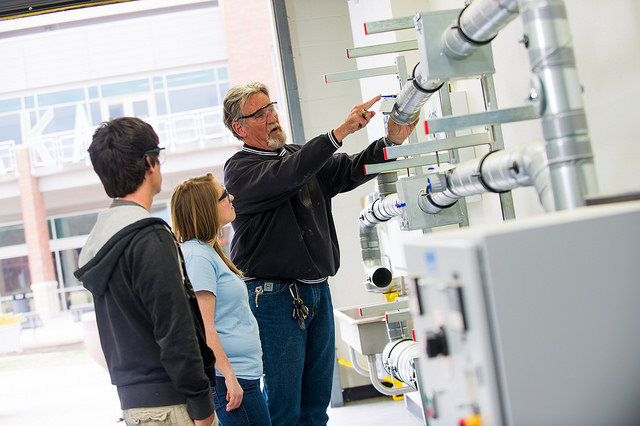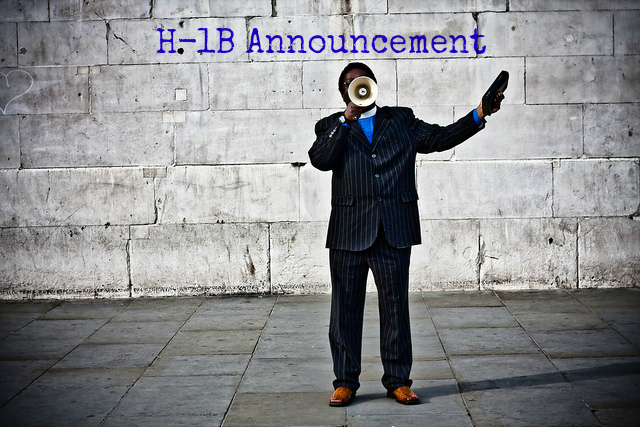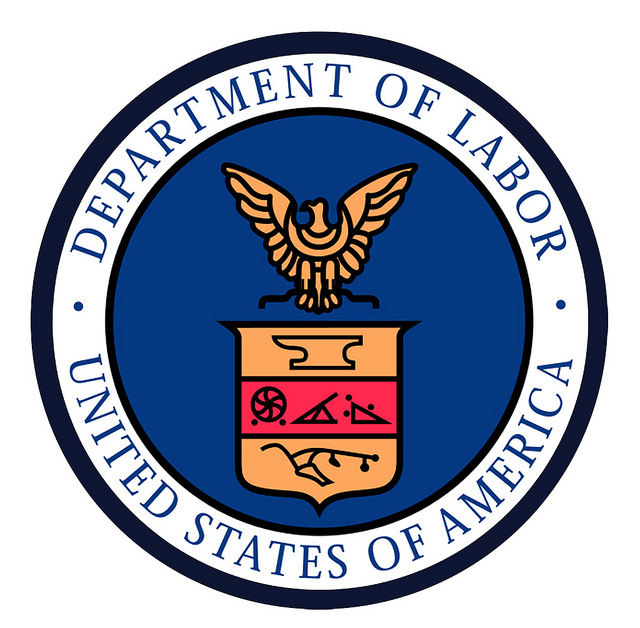
It is our pleasure to provide our readers with newly released statistics published by the Department of Labor’s Office of Foreign Labor Certification concerning the processing status of the PERM program and Prevailing Wage Determinations. The PERM graphic provides a breakdown for the review of applications certified during FY 2015 by the top 5 occupations, site states, industries, visa classifications, countries of citizenship, and minimum educational requirements. The graphic concerning the National Prevailing Wage Center outlines the determinations requests received for the H-1B program H-2B program, and PERM program FY 2015, breaks down prevailing wage actions, and issuance of prevailing wage determinations for PERM top 5 employers and occupations, H-1B top 5 employers and occupations, and H-2B top 5 employers and occupations.
Articles Posted in H1B Visas
USCIS Issued Final Guidance on When to File an Amended or New H-1B Petition After Matter of Simeio Solutions, LLC
By Yingfei Zhou, Esq.
On July 21, 2015, USCIS issued the final guidance on when an employer must file an amended or new petition when the H-1B employee has changed or is changing his or her job location.
Except the situations listed below, the general requirement is that an employer must file an amended or new H-1B petition if the H-1B employee has changed or is changing his or her place of employment to a geographical area requiring a corresponding LCA to be certified to USCIS, even if a new LCA is already certified by the U.S. Department of Labor and posted at the new work location. Once an employer properly files the amended or new H-1B petition, the H-1B employee can immediately begin working at the new place of employment. The employer does not have to wait for a final decision on the amended or new petition for the H-1B employee to start work at the new location.
Exceptions when an employer does NOT need to file an amended petition are as follows:
- A move within an “area of intended employment”: If an employer’s H-1B employee is simply moving to a new job location within the same metropolitan statistical area, a new LCA is not generally required, and without material changes in the terms and conditions of employment the employer does not need to file an amended or new H-1B petition. However, the employer must still post the previously obtained LCA in the new work location.
DHS POLICY MEMORANDUM: Guidance on When to File an Amended or New H-1B Petition
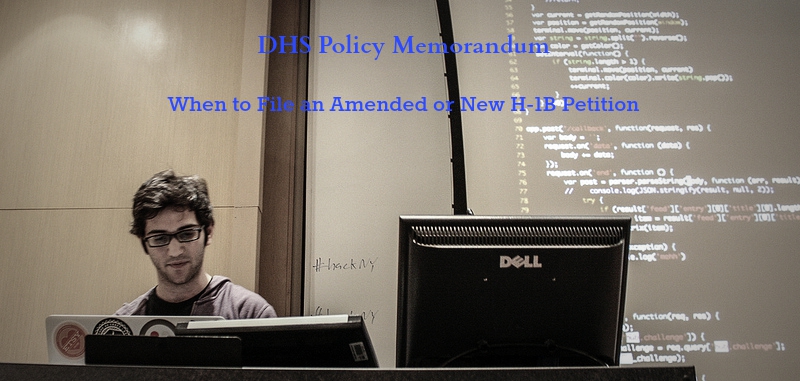
We would like to inform our readers that on July 21, 2015 the Department of Homeland Security issued a policy memorandum which provides guidance to employers and H-1B applicants regarding when to file an amended or new H-1B petition following the case law, Matter of Simeio Solutions, LLC, 26 I&N Dec. 542 (AAO 2015).
The memorandum is important because it is used to guide all determinations made by USCIS employees including adjudication procedures effective immediately.
To read the complete memorandum please click here USCIS Policy Memorandum
AILA: Open Forum Updates
Presently, attorneys Jacob Sapochnick, Esq., Ekaterina Powell, Esq., and Yingfei Zhou, Esq. from our office are in attendance at the 2015 American Immigration Lawyers Association (AILA) Conference on Immigration Law taking place in Washington, DC. Together, they have had the privilege of being present for an open forum where officials from the Department of State and the National Visa Center provided valuable information in regards to modernization of PERM, improvements in visa processing at the National Visa Center, technical issues experienced at U.S. Consulates abroad, H-1B fee announcements, and more!
Technical issues experienced at U.S. Consulates worldwide
1. In regards to technical issues causing delays in visa issuance at U.S. Consulates worldwide, visa issuance is currently frozen. No visas are currently being issued at any U.S. Consulates worldwide. U.S. Consulates are rescheduling appointments for visas that were affected by the technical issues. The DOS is working to repair the hardware, however it will not be until next week when all issues will be resolved. Due to this, there will be a backlog for visa issuance and it will take longer to schedule a consular appointment for a visa.
2. If a visa applicant was affected by the technical issues at a U.S. Consulate abroad and they need to retrieve their passport urgently, they will be able to retrieve their passport, however, in doing so, applicants will forfeit the visa fees they have paid, and will be issued a 221(g) visa denial letter. If applicants are still interested in receiving a visa, they must re-apply and re-pay any visa fees. Applicants who are re-applying must note on future applications that their visa was denied due to a technical glitch. Applicants from visa waiver countries who are concerned that the visa denial will automatically result in an ESTA denial can rest assured. ESTA submissions will not be denied based on the technical glitch. DOS has responded that the technical issues will not affect future visa applications. Continue reading
Temporary Suspension of Premium Processing for Extension of Stay H-1B Petitions
On Friday, May 22, 2015 USCIS announced that it would be temporarily suspending premium processing for all H-1B Extension of Stay Petitions beginning May 26, 2015 to July 27, 2015 due to the high volume of anticipated applications for employment authorization under the H-4 final rule. During this time period, petitioners may NOT file Form I-907 to Request Premium Processing Service for a Form I-129, Petition for Nonimmigrant Worker, requesting an extension of stay for the H1B nonimmigrant. This temporary suspension will allow USCIS to implement the new regulation ‘Employment Authorization final rule’ for certain H-4 spouses which became effective on May 26, 2015. The suspension of premium processing applications for H-1B Extensions will allow USCIS to process applications for H-4 spouses in a timely manner and will help USCIS adjudicate applications for employment authorization filed by H-4 nonimmigrants.
All premium processing requests for H-1B extension of stay petitions that were filed prior to May 26, 2015 will proceed as normal.
USCIS will refund premium processing fees for H-1B extension of stay petitions filed prior to May 26, 2015 if USCIS did not take action within the required 15 calendar day period.
USCIS Requires Employers to File for H-1B Amendment When H-1B Employees Change Worksite Locations and Sets August 19 Deadline for Pre-May 21 Relocations
USCIS released guidance on May 22, 2015 to clarify Administrative Appeal Office (AAO)’s precedent decision on April 9, 2015 on Matter of Simeio Solutions, LLC that all employers must file amended H-1B petitions when a new Labor Condition Application for Nonimmigrant Workers (LCA) is required due to a change in the H-1B worker’s worksite location.
When Must File an Amended Petition
In Matter of Simeio, AAO ruled than a material change occurs when an H-1B employee moves to a new location outside the geographic area of the LCA that was originally filed for the employee’s H-1B petition. Whenever there is a material change, an amended H-1B petition is required. Employers whose H-1B employees changed locations before or after this April 9 ruling to outside of the geographic area covered by the previous LCA are now all required to file amended H-1B petitions.
H-1B Update: H-1B Amendment Necessary if Employment Location Changes
For many years, it has been unsettled in the law and practice whether a change in H-1B employee’s job location is considered to be a “material change” in the terms of employment, requiring filing of an H-1B amendment petition.
Prior Guidance
According to USCIS unofficial guidance (Letter from Efren Hernandez, Director Business and Trade Branch of USCIS, to Lynn Shotwell, Am. Council on Intl’s Pers., Inc., dated October 23, 2003), an amended H-1B petition was not required if the only change was in the location of employment and if the Labor Condition Application (LCA) was filed for the new job location prior to the employee’s move.
Despite that, we have heard reports of recent USCIS site visits to the places of H-1B beneficiaries’ employment, which resulted in the revocation of H-1B approvals if USCIS could not find the employee at the job location stated on the H-1B petition despite a valid LCA filed prior to the employee’s move.
This uncertainly was troubling as USCIS refused to issue any further clarifications or policy changes.
Precedent AAO Decision – H-1B Amendment Required
On April 9, 2015, Administrative Appeals Office (AAO) has issued a decision in Matter of Simeio Solutions, LLC, 26 I&N Dec. 542 (AAO 2015) that finally put an end to the uncertainty surrounding the change in employees’ job location. The decision has been designated as a precedent and will be followed by USCIS in the H-1B adjudications and will be used by the consular officers during visa interviews.
In this precedent decision, the AAO revoked H-1B approval, finding there was a material change in beneficiary’s employment due to relocation to areas not covered by the original LCA and that an amended or new H-1B petition was required.
USCIS Announcement: Data Entry Completed for H-1B Cap-Subject Petitions for Fiscal Year 2016
Today, May 4, 2015 USCIS announced that data entry for all H-1B cap-subject petitions has been completed for the 2016 fiscal year. USCIS is scheduled to begin returning all H-1B cap-subject petitions that were not selected in the computer-generated random lottery held early last month. Since USCIS received an unprecedented 233,000 cap-subject H-1B petitions (including master’s cap) we expect that it will take a few months for petitions that were not selected to be returned. USCIS has recommended that petitioners ask about the status of a submitted cap-subject petition only once the petitioner has received a receipt notice or until the unselected petition has been returned. USCIS will provide an announcement once all unselected petitions have been returned. Our office expects to receive the receipt notices for the remaining cap-subject petitions that have been selected in the lottery this week or the following week.
For more information please visit our website by clicking here.
BREAKING NEWS: USCIS Will Begin Premium Processing for FY 2016 H-1B Petitions on April 27, 2015
On April 13, 2015, USCIS has announced that it has reached the H-1B cap for fiscal year (FY) 2016. Nearly 233,000 H-1B petitions were received for this filing period, including petitions filed for the master’s cap, which is about 60,500 more in total than last year. Roughly, this year’s chances of being selected is about 36.5%.
As of our firm, about 18.4% of our cases were filed under master’s cap petitions and about 75% were filed in general bachelor’s cap, with remaining 6.6% being cap exempt petitions. 82.9% cases were filed with California Service Center and 17.1% were filed with Vermont Service Center.
USCIS has used a computer-generated random selection process to select enough petitions to meet the 65,000 general bachelor’s cap and the 20,000 master’s cap. USCIS conducted the selection process for the master’s cap petitions first. All un-selected advanced degree petitions then became part of the random selection process for the 65,000 limit.
How the FY2016 H-1B Visa Lottery Works and What Happens Once USCIS Receives Your H-1B Petition
Today, April 7, 2015, USCIS announced that it has reached the H-1B cap for FY2016. Before running the lottery, USCIS will complete initial intake for all filings received during the filing period.
Initial intake/review will sort out multiple or duplicate H-1B petitions filed by an employer for one employer. Regulations require USCIS to deny or revoke those multiple or duplicative petitions that an employer files for the same H-1B worker, and they will not return or refund the filing fees.
USCIS will first randomly select 20,000 petitions from the U.S. Master’s cap petitions that will be processed. All unselected advanced degree petitions will become part of the random selection process for the 65,000 general limit. Rejected petitions will be returned to the attorney or employer along with the filing fees (except for multiple or duplicative filings by an employer for an employee). Due to the high number of petitions, USCIS is not yet able to announce when it will conduct the random selection process.
 Visa Lawyer Blog
Visa Lawyer Blog


